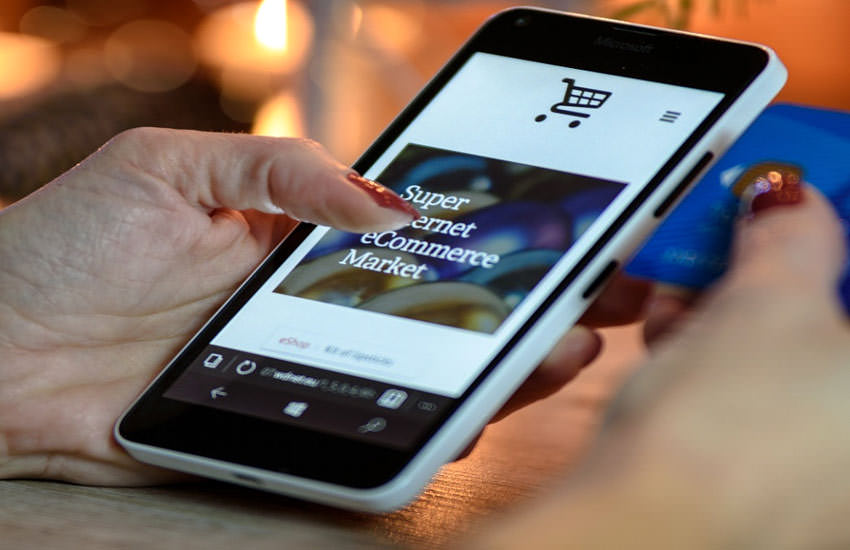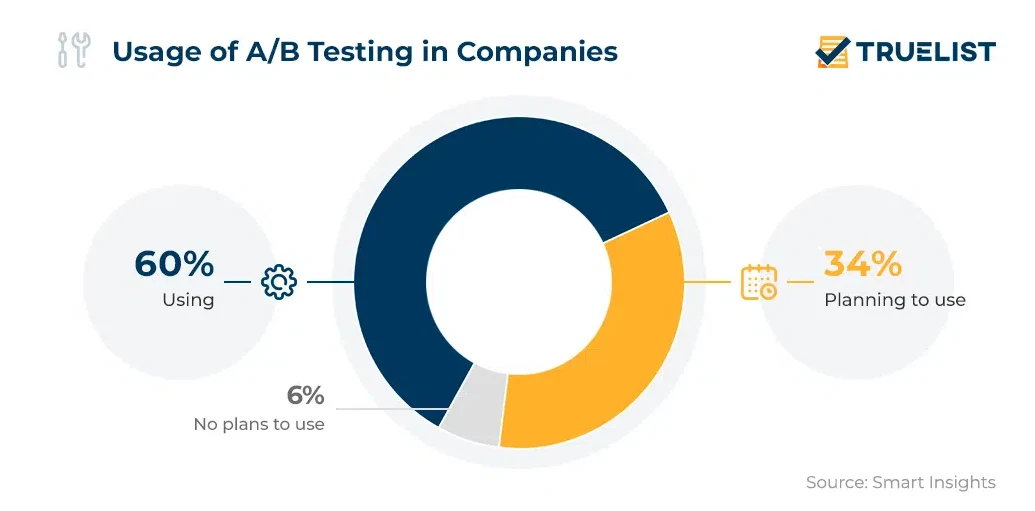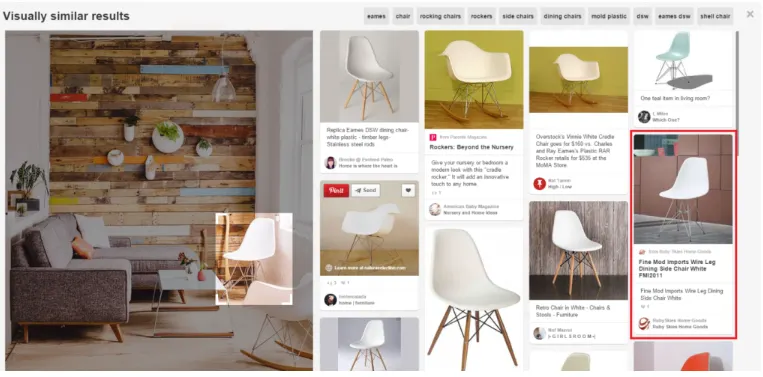14 Essential Trends Every Ecommerce Business Must Know in 2025 and Beyond

Nowadays, businesses have pressure to stay on top of the latest trends to remain competitive. However, not all eCommerce companies are adapting quickly enough.
One of eCommerce businesses’ most significant challenges is keeping up with the latest technology, consumer preferences, and emerging trends in eCommerce. With global eCommerce market revenue expected to reach $5.42 billion by 2025, companies cannot afford to fall behind in this ever-evolving market.
So, what are the latest top eCommerce trends 2025 to watch out for? The rise of social commerce, the growth of mobile marketing, and the increasing importance of sustainability and ethical practices are just a few. But to truly succeed, businesses must keep up with these trends and stay agile and innovative.
Those who fail to adapt may struggle to keep up with their competitors and could ultimately risk being left behind. By following these trends, you can more easily achieve a higher number of sales and create a community of returning customers
Let’s take a look at the top eCommerce trends in 2025.
Artificial Intelligence for Personalization
Shopping online and having the website or app automatically recommending products that perfectly match your preferences, tastes, and budget. That’s the power of AI-powered personalization!
For instance, online clothing retailer Stitch Fix uses AI to personalize clothing recommendations for each customer based on their style and preferences. The company’s algorithms analyze a customer’s previous purchases, feedback, and social media activity to curate a customized selection of clothing options for them.

Image source:- harvard.edu
This kind of personalization is highly valued by consumers, with a survey showing that 80% of shoppers are more likely to return to a business that provides a personalized shopping experience. Here are some of the exciting features that businesses can leverage to provide an exceptional shopping experience for their customers:
- Advanced algorithms analyze customer data to tailor the shopping experience for each individual.
- Tailored recommendations based on browsing and purchase history, search queries, and social media activity.
- Enhanced customer experience boosts satisfaction, loyalty, and retention rates.
- Cost-effective marketing with targeted campaigns that convert leads into customers.
- Increased revenue with personalization encouraging repeat purchases.
Hyper-Mobile eCommerce
As the eCommerce web application development industry is growing, there is a rise in smartphone usage for shopping-related queries. The number of people using mobile and handheld devices to browse the internet has significantly increased. More than half the searches are from mobile and handheld devices.
What does this mean for budding companies? Well, it is necessary to optimize online shops for mobiles keeping in mind the eCommerce trends prevailing currently. Stores not optimized for mobile devices can already notice a significant drop in sales.
Therefore, one of the first things you should do is get help from an experienced eCommerce mobile app development company to ensure that the buyer’s experience will be smooth, no matter what device they are using to browse an online shop.
Read more: Guide to Building Ecommerce Mobile Apps
Fractional Ownership & Rentals
Fractional ownership and rentals have transformed how people think about ownership, providing access to luxurious assets without needing significant upfront investment. This innovative business model is rapidly gaining traction in eCommerce, and businesses must keep up with this emerging trend to remain competitive.
The fastest-growing sector of the private jet industry is fractional ownership.” Fractional ownership is not only limited to private jets but has also expanded to other assets like yachts and vacation homes, making it accessible to more people.
Businesses need to recognize the potential of fractional ownership and rentals in eCommerce, which is becoming increasingly popular. Airbnb and Boatsetter have successfully implemented this model to provide their customers with a unique and personalized experience.
Social commerce continues to grow and evolve
Brands increasingly leverage social commerce to reach and sell to customers in their natural habitat – social media. Consumers rely highly on their social feeds for shopping, recommendations, and easy eCommerce purchases. With global sales projected to hit $2.9 trillion by 2026, how can brands afford to ignore social commerce in their eCommerce strategy?
And if we take a live example, Myntra, a fashion and lifestyle eCommerce giant, is an excellent example of how social commerce is changing the game. With over 5 million followers on Instagram, Myntra frequently posts high-quality images of their products and links to purchase them, driving traffic and sales. The platform has become a crucial touchpoint for Myntra’s target audience, and they have even launched an influencer program to reach out to their followers.
BOPIS
BOPIS or Buy-online-pickup-in-store, emerged as a popular trend in eCommerce industry during the lockdowns, and shoppers have become fond of it. By allowing customers to buy online and pick up their items at a physical store location, BOPIS provides a convenient shopping experience.
BOPIS is projected to be a $703 billion market by 2027, showcasing its growing importance in the retail industry. Big retailers like Target have invested in flexible fulfillment options such as ship-to-store, ship-from-store, and BOPIS for over seven years, and it has paid off in terms of customer loyalty and sales.
As consumers look for ways to continue buying their favorite products while managing tight budgets, BOPIS will become even more crucial in the upcoming years.
Augmented reality and Metaverse
As eCommerce evolves, video and augmented reality have emerged as game-changers. Demo videos enhance product understanding, while AR lets shoppers visualize products in 3D. And now, the Metaverse takes things a step further, blending physical and virtual realities to create an interactive environment for shopping.
With consumers engaging nearly 50% more with 3D images than static ones, brands are eager to explore the potential of the metaverse. E-marketer predicts fashion, beauty, and home goods will lead in retail metaverse use cases. For example, look at Ikea Place, an AR app that lets users place virtual furniture in their homes to see how it looks before making a purchase.

The future of shopping is here, and it’s all about creating immersive experiences that bridge the gap between the physical and digital worlds.
UGC: User-generated content
As consumers want to feel confident in their purchases, nothing like authentic user-generated content (UGC) builds confidence. UGC is any content about a brand created by its users rather than the brand itself, and it’s quickly become one of the influential trends in eCommerce industry, especially in the era of virtual shopping.
Why is UGC so influential? Because consumers trust it more than branded content. Reviews, photos, and videos from real customers provide social proof that builds credibility and makes brands more relatable. And in a time when engagement and trust are more important than ever, UGC is quickly becoming a must-have for online retailers.
Payment options
Every customer should have a choice on their hands when it comes to paying for shopping at any online store. Supporting one or two payment options is not enough when competing with others.
Limited payment options on any eCommerce website only bring less revenue and adversely impact customer satisfaction. Therefore, when you set up your online store, you must ensure it supports all online payment options. This will aid in increasing sales, as more people will find it easier to purchase from you.
Let’s allow the exchange of goods and services with cryptocurrencies. This eCommerce trend is yet to charm the users as this virtual currency i.e. cryptocurrency, is likely to bloom. And this can offer added benefits to you. Start accepting cryptocurrencies in exchange for your merchandise might be a good idea.
Fast and free delivery options
Big companies such as Amazon have set new standards for offering speedy shipping. Even though many eCommerce web development companies might not be able to deliver that speed, they can always focus on giving their best.
Ensure that your ordering flow is quick, making it possible for you to dispatch all the items as soon as customers purchase a deal. This step will allow you to work with a community of satisfied clients expecting quality service in all departments.
Live chat implementation
Countless people get lost in the checkout process or have additional questions to ask. The implementation of live chat software will help you deal with such customers directly, allowing you to improve conversion rates significantly.
Make the live chat accessible during checkout; customers will contact you if needed. This is an excellent opportunity for innovative mobile application development services to enhance their offerings in helping eCommerce businesses to increase their conversion rates. Plus, you are giving a chance to customers to reach out to you in a completely new way.
80/20 Customer Segmentation
80/20 Customer segmentation is among the popular eCommerce business trends, which helps identify the most profitable customers and drive targeted campaigns. This principle is based on the Pareto principle, which states that 80% of your revenue comes from 20% of your customers. By focusing on this valuable segment of customers, eCommerce businesses can improve their overall profitability and reduce their marketing costs.
An excellent example of this is Amazon’s Prime membership program, which offers exclusive perks to high-value members, such as free shipping, access to streaming services, and more. According to a survey, Prime members spend an average of $1,400 per year, compared to $600 per year for non-Prime members. Amazon has significantly grown its revenue and profitability by catering to these high-value customers.
Also, businesses can improve their profitability and growth potential by identifying and catering to their growing eCommerce technology trends.
Conversion rate optimization
As an eCommerce business owner, one of your top priorities is converting website visitors into loyal customers. To achieve this, applying conversion rate optimization (CRO) is crucial. The CRO software market is growing at a CAGR of 11.6%, with an average ROI of over 223%. So, integrating a CRO tool into your eCommerce site is a smart move for the future of your business.
The future of CRO is centered around the customer, focusing on creating the best possible user experience. This means strategizing eCommerce development and optimizing every touchpoint, including landing pages.
Facts show that websites with over 30 landing pages yield seven times more leads. And by conducting website usability testing, such as A/B testing, you can measure the performance of your CRO strategy. Already, 60% of companies use A/B testing, with 34% planning to implement the method.

Image source:- truelist.co
Voice and virtual searches
AI-powered site search systems utilize machine learning and natural language processing to decipher the intent behind a customer’s search query and offer personalized results. It can transform consumers’ online shopping experience through visual and voice search.
Visual search, in particular, is gaining popularity among shoppers. By allowing customers to conduct searches using images, it offers a more intuitive and efficient shopping experience. Due to the growing use of visual search is predicted to grow at a CAGR of 17.5%, reaching a market value of over $32 million by 2028.
To capitalize on these trends, businesses can invest in efficient android app development services to create visually appealing and user-friendly mobile eCommerce applications incorporating AI-powered visual search technology.
One company that has successfully integrated the latest eCommerce trends in visual search technology into its platform is Pinterest.

Image:- seerinteractive.com
Using high-quality product images, Pinterest’s Lens feature allows users to snap a photo or upload an image and find similar products available. This innovative feature has helped Pinterest increase its user engagement and boost sales for partnering retailers.
Zero-Party Data
Data privacy is critical in today’s digital landscape, with 86% of consumers caring about how their data is used. To stay ahead of policy changes, businesses must collect zero-party data directly from customers through quizzes, polls, or registration. This approach offers a more engaging customer experience while providing valuable insights.
It’s important to balance the amount of information collected to avoid overwhelming customers. Staying updated on technical developments, such as Google’s recent algorithm update, is essential for a better page experience and improved search engine rankings. Businesses can build trust and long-lasting customer relationships by prioritizing data privacy and collecting zero-party data.
In the conclusion
As we look ahead to the future, it’s clear that several transformative latest trends in eCommerce are poised to shape the industry. Mobile commerce will continue to rise, with consumers increasingly trying to follow online shopping trends. Personalized shopping experiences will also become more common as businesses use data and AI to tailor their offerings to individual customers.
Social commerce will also continue to grow, with social media platforms becoming even more integrated with eCommerce. And with the rise of AI and AR, shoppers will enjoy more immersive and personalized online shopping experiences.
To stay ahead of the curve in this rapidly changing industry, businesses must be willing to adapt and embrace these trends. That’s where Finoit comes in. As a leading provider of eCommerce development services, Finoit can help businesses create compelling shopping experiences that leverage the latest technologies and trends. Connect with our development expert to catch on with these trends.
Frequently Asked Questions
How can hyper-personalization benefit eCommerce businesses?
Hyper-personalization leverages customer data like search history, past purchases, social media activity, and preferences and allows eCommerce businesses to provide a tailored shopping experience. This leads to increased customer satisfaction and sales.
What are some emerging payment options in eCommerce?
Some of the emerging payment options in eCommerce include digital wallets, cryptocurrencies, and buy-now-pay-later services. Having multiple payment options helps eCommerce businesses overcome the issue of cart abandonment by giving customers the choice and flexibility to pay the way they prefer.
What is voice commerce, and how does it impact the eCommerce industry?
Voice commerce is a type of conversational commerce technology that uses voice-enabled devices and natural language to interact with customers and facilitate online shopping. It provides the customer with a faster, hands-free, and more convenient shopping experience.


